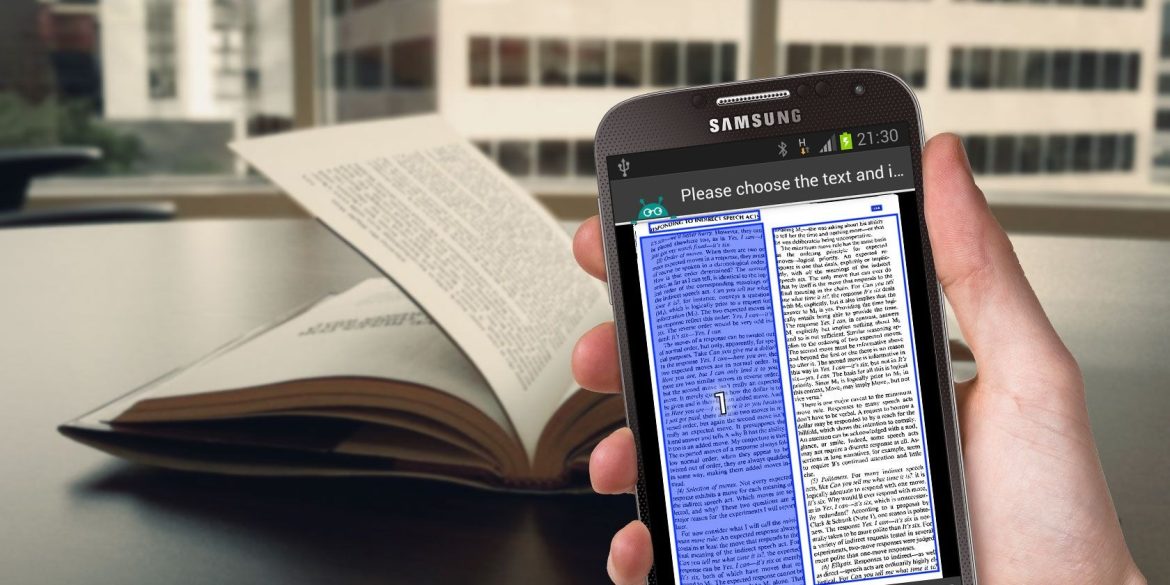In recent years, Optical Character Recognition (OCR) technology has become increasingly integrated into mobile applications, transforming smartphones into powerful tools for converting images to editable text. This innovation has revolutionized various aspects of our daily lives, from digitizing documents to extracting text from images for translation or note-taking. Let’s delve into the world of OCR in mobile apps and explore how this technology is reshaping our interactions with textual information.
The Evolution of OCR in Mobile Apps
The integration of OCR technology into mobile apps represents a significant advancement in the accessibility and usability of text recognition capabilities. Initially, OCR was predominantly a desktop-based solution, requiring specialized software and hardware for document scanning and text extraction. However, the proliferation of high-quality cameras in smartphones, coupled with advancements in image processing algorithms, has enabled OCR to be seamlessly integrated into mobile applications.
Today, there is a wide range of mobile apps available on iOS and Android platforms that offer OCR functionality for tasks such as scanning documents, extracting text from images, and translating languages in real-time. These apps leverage the processing power of smartphones to perform complex OCR tasks directly on the device, eliminating the need for internet connectivity or external hardware.
Enhancing Productivity and Convenience
OCR-enabled mobile apps offer unparalleled convenience and efficiency in tasks that involve converting images to text. Whether it’s digitizing printed documents, capturing notes from a whiteboard, or extracting text from a photograph, users can accomplish these tasks with just a few taps on their smartphone screen. This streamlines workflows and eliminates the need for bulky scanners or desktop computers, making OCR accessible anytime, anywhere.
Furthermore, OCR mobile apps often incorporate additional features such as text editing, document organization, and cloud integration, allowing users to seamlessly manage and share digitized text content. For professionals, students, or anyone who deals with textual information on a regular basis, these apps offer a valuable tool for increasing productivity and staying organized on the go.
Improving Accessibility for Individuals with Visual Impairments
Beyond productivity enhancements, OCR mobile apps play a crucial role in improving accessibility for individuals with visual impairments or disabilities. By leveraging OCR technology, these apps can convert text from images into audio output, enabling users to listen to the content read aloud. This feature empowers individuals with visual impairments to access printed materials such as books, documents, or signs, enhancing their independence and inclusion in various settings.
Moreover, OCR-enabled mobile apps can assist individuals with dyslexia or other reading difficulties by providing alternative formats for consuming textual information. By converting text to speech or adjusting font styles and sizes, these apps cater to diverse learning preferences and support individuals with different cognitive needs.
Security and Privacy Considerations
While OCR mobile apps offer numerous benefits, it’s essential to consider security and privacy implications when using these applications. Since OCR involves processing sensitive information, such as personal documents or confidential text, users should choose reputable apps from trusted developers and carefully review privacy policies and permissions.
Additionally, users should exercise caution when sharing or storing digitized text content, especially if it contains sensitive or confidential information. Opting for apps that offer encryption features, secure cloud storage options, or offline processing can help mitigate privacy risks and ensure the confidentiality of digitized text data.
Conclusion: Empowering Users with OCR in Mobile Apps
In conclusion, OCR technology in mobile apps represents a powerful tool for converting images to editable text with just a smartphone camera. From enhancing productivity and convenience to improving accessibility for individuals with visual impairments, OCR-enabled mobile apps offer a wide range of benefits for users across diverse contexts. By leveraging the processing power of smartphones and integrating advanced image recognition algorithms, these apps empower users to effortlessly digitize and interact with textual information in new and innovative ways. As OCR technology continues to evolve, we can expect further advancements in mobile app development, expanding the capabilities and potential applications of text recognition on handheld devices.



